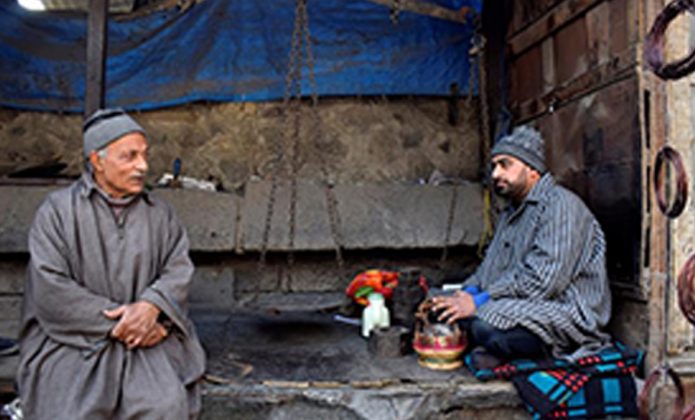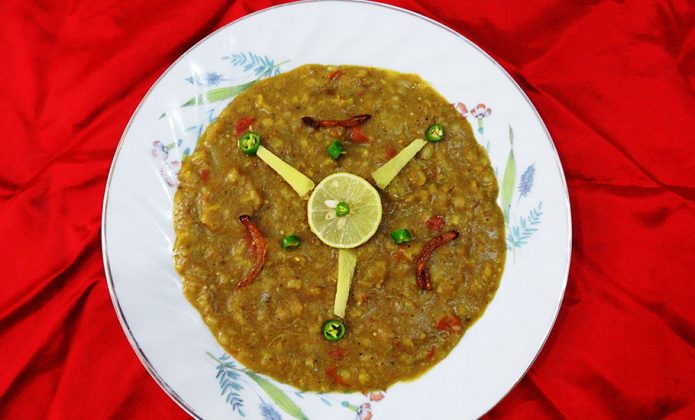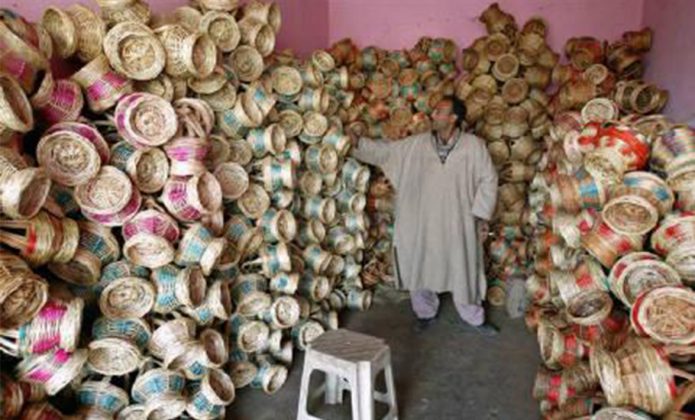
- Home
- India
- World
- Premium
- THE FEDERAL SPECIAL
- Analysis
- States
- Perspective
- Videos
- Sports
- Education
- Entertainment
- Elections
- Features
- Health
- Business
- Series
- In memoriam: Sheikh Mujibur Rahman
- Bishnoi's Men
- NEET TANGLE
- Economy Series
- Earth Day
- Kashmir’s Frozen Turbulence
- India@75
- The legend of Ramjanmabhoomi
- Liberalisation@30
- How to tame a dragon
- Celebrating biodiversity
- Farm Matters
- 50 days of solitude
- Bringing Migrants Home
- Budget 2020
- Jharkhand Votes
- The Federal Investigates
- The Federal Impact
- Vanishing Sand
- Gandhi @ 150
- Andhra Today
- Field report
- Operation Gulmarg
- Pandemic @1 Mn in India
- The Federal Year-End
- The Zero Year
- Science
- Brand studio
- Newsletter
- Elections 2024
- Events
- Home
- IndiaIndia
- World
- Analysis
- StatesStates
- PerspectivePerspective
- VideosVideos
- Sports
- Education
- Entertainment
- ElectionsElections
- Features
- Health
- BusinessBusiness
- Premium
- Loading...
Premium - Events
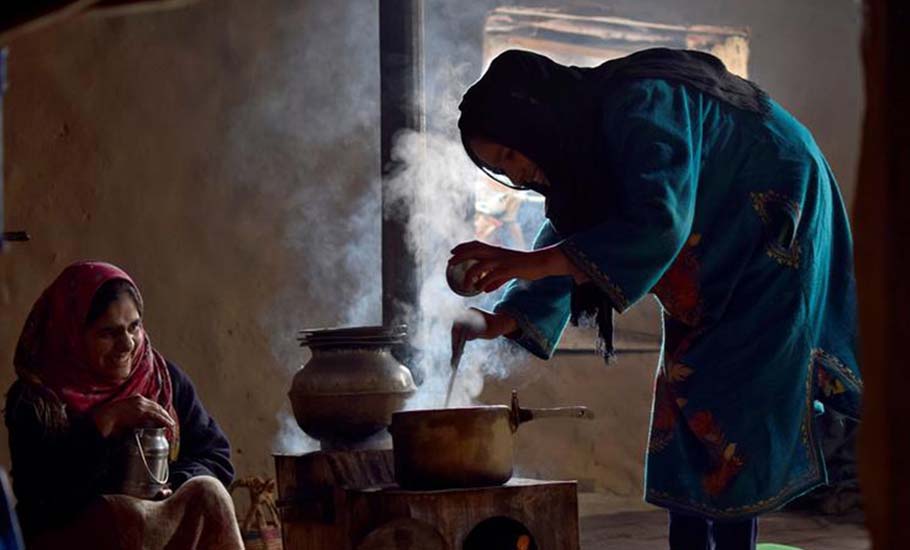
How Kashmir makes peace with freezing cold

When a nationwide lockdown during the Covid pandemic sent people scrambling for essential supplies, complaining of anxieties resulting from the compulsion to stay indoors, Kashmiris on Twitter joked, “Yi kus baed kath che. Aes che ath hael (What’s the big deal? We are used to it).” Not only the political turmoil, prolonged protest shutdowns and curfews—imposed as the first go-to...
When a nationwide lockdown during the Covid pandemic sent people scrambling for essential supplies, complaining of anxieties resulting from the compulsion to stay indoors, Kashmiris on Twitter joked, “Yi kus baed kath che. Aes che ath hael (What’s the big deal? We are used to it).”
Not only the political turmoil, prolonged protest shutdowns and curfews—imposed as the first go-to option both in anticipation of violence and after violence breaks out—the weather too has taught Kashmiris resilience. Winter in the Valley is long, harsh and bone-chilling. While the weather is ideal for tourists who reach in hordes to experience the chill, imagine living in freezing temperatures with an erratic power supply due to increased demand and obstructed water flow due to frozen pipes through a long long winter.
How do people make their peace with the chill and what do they do to keep themselves warm? What constitutes an ordinary Kashmiri’s battle gear to take on the long, harsh winter?
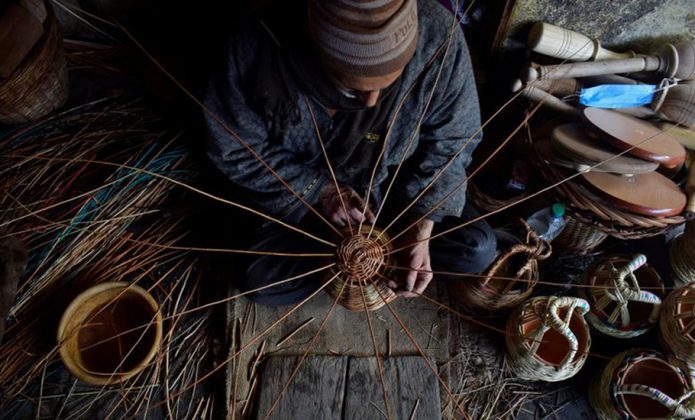
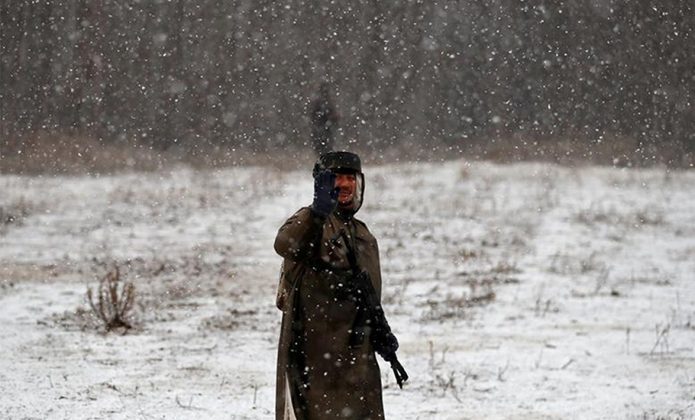
October and November are usually dry months. As autumn announces its arrival with the leaves of the Chinar trees turning crimson-red from green, the cool breeze and the nip in the air serves as a reminder that winter is not far behind.
So when Kashmiris know it is time to get inside in a self-imposed lockdown because winter is not the season to step out, expect for work or buying essentials, they stock up on the essentials. With the first sign of winters, people start to store rice, sugar, wheat, lentils, kerosene and dried vegetables (tomato, bottle gourd, eggplant, turnip among others).
A real harsh winter season in Kashmir commences on December 21 and lasts until January-end. During this 40-day period of severe cold—referred to as Chillai-e-Kalan—the temperatures drop to minus 6-10 degree Celsius in the capital city, Srinagar. The Valley is covered in a blanket of snow by then and everything freezes, including Srinagar’s Dal Lake, providing a hard enough surface for children to play cricket.
Over the years, Kashmiris have learnt various survival techniques to beat the cold. Kashmiris wear special woollen garments, keep a heating room ready, eat unique food, use an earthen fire pot, and brace to face the winter.
Those who can afford buy branded thermals, dry fit inners, high-end uppers and lowers. The rich families have air-conditioned rooms, gas heaters, room heaters and other facilities. The middle-class and poor families usually cover the windows with thick blankets or polythene sheets.
Pheran
A pheran is a long loose woollen garment worn in Kashmir by men, women and children. Of late, stylish pherans with embroidery and traditional needlework (sozni) are available in the market. The pherans for women are obviously trendier than the ones worn by males.
A typical woollen garment, pheran, covers the body right up to the knees. Pherans used by men are usually made of tweed wool while women wear vibrant pherans with exquisite aari, sozni and tila work. The material used in pherans worn by women can be velvet, tweed, cashmilon, wool etc. While traditionally men wore woollen pherans, they have started to wear trendy pherans.
“I have been wearing pherans since my childhood. I continue to nurture this passion of wearing traditional attire, one of the symbols of our identity. I even wore pherans during my sojourns in Delhi,” Haziq, a young professional, told The Federal.
Similarly, a manager at a local café in Srinagar said that whenever he visits his hometown in Tral that falls in Pulwama district, his pheran comes handy to rescue him from cold.
A conventional pheran consists of two gowns or layers, worn one over the other. The inner part (usually made of cotton) would be lighter. In local parlance, it is called poatsch. Traditional pherans are loose enough to carry a kid tucked underneath. Grandparents would often protect children under their own pherans while narrating fairytales to entertain and keep them warm at the same time.
Kangri
A common sight during winters in Kashmir is people sitting or walking with a small earthen pot which is filled with lighted charcoal. Loose pherans allow people to tuck the kangri under the garment, as close to the body as possible, for warmth.
There are special kangris made in Anantnag, called Islamabad kangri, Bandipora and Chrar-e-Sharief in south, north and central parts of Kashmir respectively. Kangris look pretty with willow work. Locally, willow wicker craft is known as Kaeni Kaem. In simple words, it is a handcraft which requires weaving of willow reads. Kashmiri artisans are known for making fire pots, baskets and trays using willow wood.
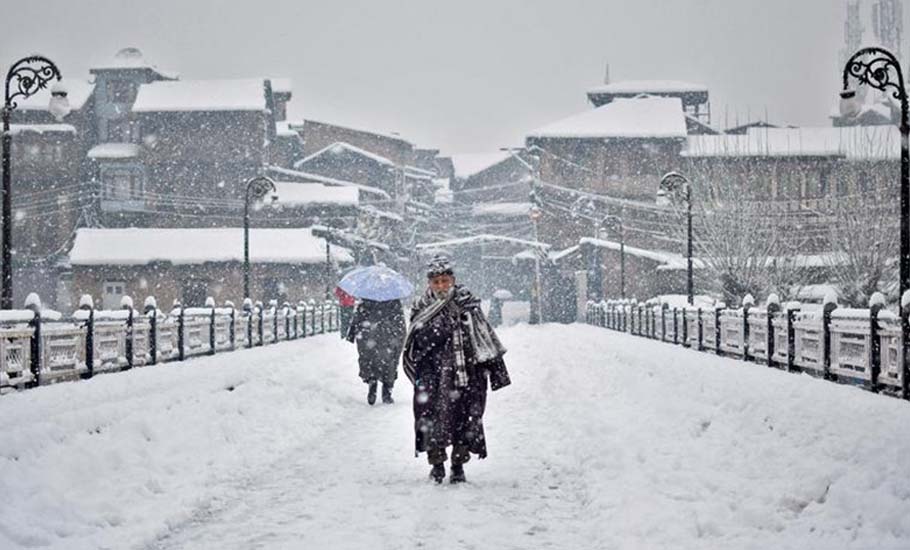
“Kangri provides me warmth. It is an immediate source of heat and you do not have to worry about footing high electricity bill. Though one has to exercise caution in handling the pot so that your expensive rugs and carpets are not damaged with burning charcoal,” said Sabina, a school teacher.
Hammam
Hammam is a unique room with flooring covered with limestone slabs. The hollow space beneath has an opening accessible from outside the house where firewood is placed and burnt. It is akin to an underground campfire. Interiors of a special hammam have wood panelling on the walls. It usually takes between half-an-hour and one hour to light the fire underneath the hammam. Once that is done, you sit pretty for the next twenty-four hours.
In joint and nuclear families, all family members usually sit together in this room to escape the chilly rooms. As part of the new architectural grammar in Kashmir, hammam is commonly attached with the kitchen or built very close to it so that after cooking you straightaway relax in this special room.
Additionally, a copper water tank is placed right above the spot where firewood is burnt.

This ensures that the water is boiled in the absence of electricity. A chimney ensures a let out for the smoke.
Harissa
Wrapping oneself in the local pheran, holding a kangri close to the body, and basking in the warmth of a hammam help beat the icy cold winds, but what soothes the soul are copious servings of a special mutton dish known locally as Harissa.
It is a traditional Kashmiri winter staple, served with slices of the local bread (kander czout). Traditionally, Harissa is a hot, aromatic paste made from chilli, spices and herbs. It is mostly used in North Africa and Middle Eastern cuisines, sometimes mixed with tomato juice to flavour stews. In some countries, it is also served in a pool of olive oil.
In Kashmir, however, Harissa is a mutton recipe. This traditional winter delicacy is served hot.
Also read: Kashmir’s comforting delicacy for freezing winters
When it is so cold that water turns to icicles, Harissa is an irresistible delicacy. According to young Sibtain, a Harissa seller in the Maisuma area in Srinagar, it takes 18 hours to prepare the dish.
In Srinagar’s Downtown area, Harissa cafes are busy during early mornings. The best Harissa is found and prepared in localities like Aali Kadal, Nawa Kadal, Rajouri Kadal and Jamalata.
Harissa is known for its high fat content and thus suitable for the winter season only. It is made with chopped mutton which is cooked with onions, rice flour and an array of aromatic spices such as garlic, saffron, clove, cardamom and cinnamon. Harissa is one of those rare delicacies that can also be eaten both for breakfast or dinner.
Namdas and Gabbas
Traditionally, Kashmiri residents used locally made Namdas and Gabbas as furnishing during winters. That said, in modern-day Kashmir, many homes use Irani and Turkish carpets, and stylish wall-to-wall rugs instead of Namdas and Gabbas. In furnishing, traditional practices and styles are fast being replaced.
While winters in Kashmir are challenging, the pehran, the kangri, the harissa, the kander czout, the hammam, make it comforting too. With Chillai-e-Kalan less than a week away, Kashmiris are bracing to brave the winter as its sets to intensify.


